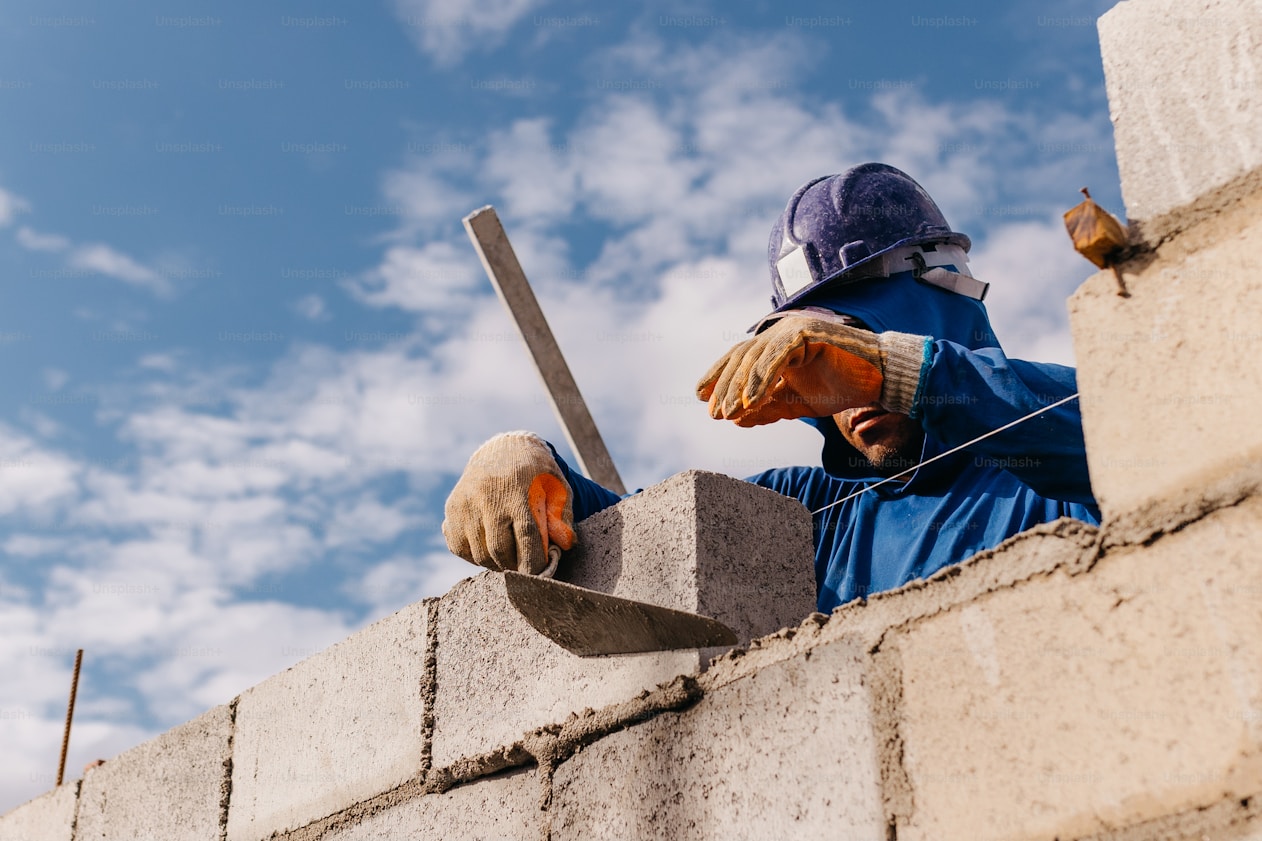Multi Trade Training
Plastering Apprenticeship
Plastering Apprenticeship Level 2
At Multi Trades Training we offer on-site carpentry apprenticeship level 2 training available in the South East and Midlands area of the United Kingdom.
Ofsted-Rated 'Good' Training Provider
We are proud to be rated 'Good' by Ofsted, demonstrating our high-quality training, expert support, and commitment to apprenticeship success.

Apprenticeship Enquiry
What you will learn
Throughout your apprenticeship, you’ll develop the essential skills needed to become a professional plasterer, gaining hands-on experience in solid and fibrous plastering techniques. Your training will cover:
✔ Surface Preparation – Cleaning, applying bonding agents, and preparing backgrounds for plaster application
✔ Solid Plastering – Applying undercoats, finishing coats, and rendering internal and external walls
✔ Fibrous Plastering – Creating mouldings, cornices, and decorative finishes using plaster casts
✔ Dry Lining & Partitioning – Fixing plasterboard and jointing to prepare surfaces for decoration
✔ Skimming & Finishing – Applying smooth top coats for a professional paint-ready surface
✔ Plaster Repair & Restoration – Restoring damaged or aged plaster to original condition
✔ Tool Skills & Techniques – Correct and safe use of trowels, floats, mixers, and cutting tools
✔ Health & Safety Compliance – Working safely on-site with PPE, scaffolding, and manual handling practices
How Are You Trained?
Practical Training
You’ll receive hands-on training every 12 weeks from one of our expert Skills Coaches, either on-site or in our Mobile Training Workshop. This ensures you gain practical experience tailored to real plastering environments.
Each visit will typically include:
- Plaster Mixing & Application – Achieving the right consistency and smooth application techniques
- Rendering & Skimming Practice – Working on different wall types, ceilings, and corners
- Dry Lining & Fixing – Cutting, fixing, and finishing plasterboards with precision
- Decorative & Fibrous Work – Creating mouldings, cornices, and other decorative features
- Measuring & Levelling Skills – Using spirit levels, straight edges, and gauges for accuracy
Theory Work
Your theory lessons are delivered online every two weeks, alongside maths and English support, if required. These interactive 1.5-hour lessons cover core construction principles, including:
- Health & Safety – Workplace best practices and regulations
- Property Maintenance Principles – Preventative maintenance and repair strategies
- Sustainability in Building Upkeep – Energy efficiency, waste reduction, and eco-friendly practices
- Communication Skills – Customer service, teamwork, and workplace professionalism
- Reading Site Plans & Drawings – Interpreting technical documents for accurate execution
- Broader Development – Supporting personal growth and career progression
Gateway Process
Before advancing to your End Point Assessment (EPA), you must:
All evidence is gathered via our online e-portfolio system – Bud Systems, providing easy access to track your progress.
Funding & Employer Incentives
Employers hiring apprentices can benefit from several financial incentives:
£1,000 Grant – If the apprentice is 16-18 years old, the employer receives £1,000 from the Department for Education (DfE).
Up to £8,500 CITB Grant – If the employer is a CITB levy payer, they can receive up to £8,500 in apprenticeship funding from CITB.
Government Funding for Apprenticeships – Employers pay nothing for apprentices aged 16-21, as the government covers the full cost. Employers pay just 5% of apprenticeship fees for apprentices aged 21+, with the government funding the remaining 95%

End Point Assessment (EPA)
Once your portfolio reaches 100% completion, you will take your EPA, confirming your skills and knowledge. This consists of:
A two-day assessment, typically involving a practical decorating project, such as preparing and finishing a room or exterior space (subject to awarding body requirements)
A practice EPA, held at our training facility in Basingstoke, Hampshire, to prepare you for success
Final certification – Upon passing, you’ll receive your EPA certificate, allowing you to apply for relevant industry qualifications
Your Next Steps
Join our Ofsted-rated ‘Good’ apprenticeship programme and gain expert training, hands-on experience, and career progression opportunities in painting and decorating.
📩 Apply Now – Click here to start your apprenticeship journey today!
Your Next Steps
Join our Ofsted-rated ‘Good’ apprenticeship programme and gain expert training, hands-on experience, and career progression opportunities in groundwork.
📩 Apply Now – Click here to start your apprenticeship journey today!